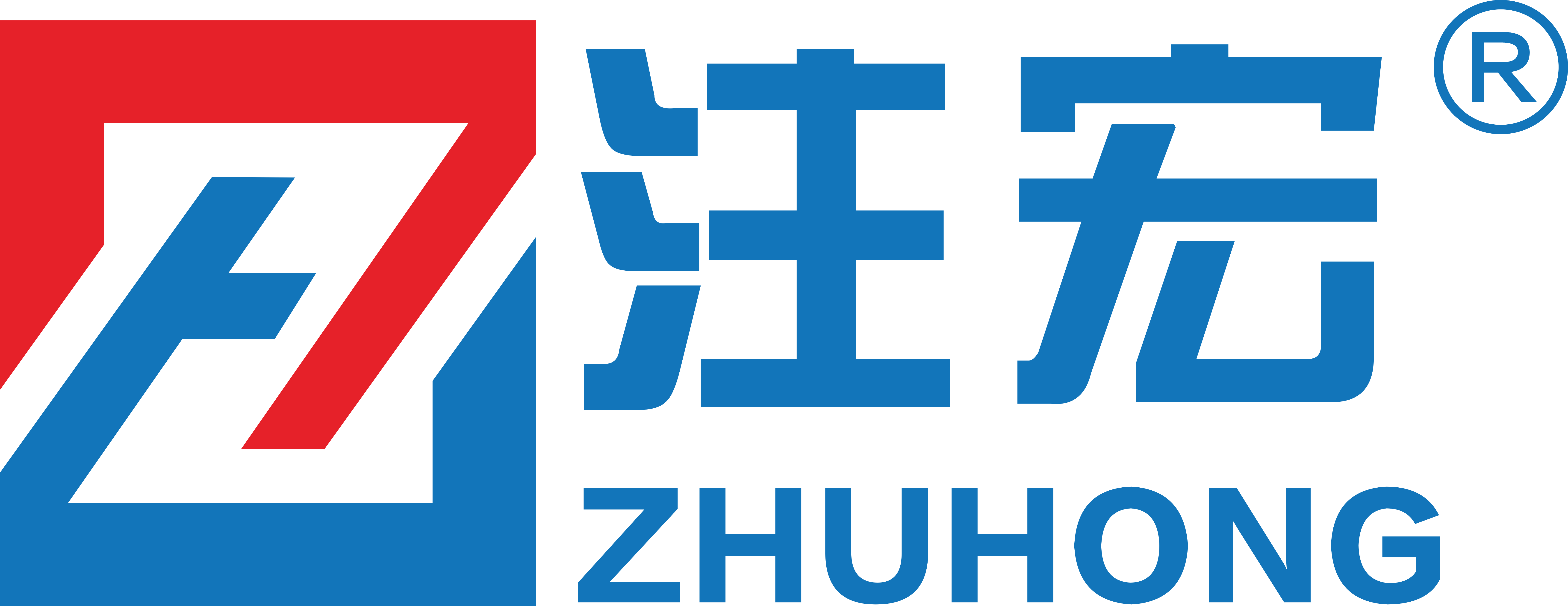
“Evaluating the Efficiency of Electrical Fan Motors: A Comparative Analysis of Energy Consumption and Performance”
In the modern era, where energy efficiency is a critical consideration for both environmental sustainability and economic viability, the performance of electrical appliances is being scrutinized more than ever. Among these appliances, the electrical fan motor plays a crucial role in various applications, from residential to industrial settings. According to a report by the U.S. Department of Energy, motors account for approximately 70% of the industrial electrical consumption, highlighting the need to assess the efficiency of electrical fan motors specifically. This analysis becomes even more pertinent as regulations continue to tighten around energy usage, pushing manufacturers to innovate and improve upon existing motor technologies.
Comparative studies show significant variations in energy consumption and performance among different electrical fan motor designs. The International Energy Agency (IEA) states that adopting more energy-efficient motor technologies can reduce electricity consumption in the industrial sector by up to 30%. In this blog, we will delve into a detailed evaluation of various electrical fan motors, exploring their energy consumption rates and operational efficacy. Through this analysis, we aim to provide insights that will aid consumers and industry professionals in making informed decisions regarding the selection and use of electrical fan motors, ultimately contributing to a more sustainable future.
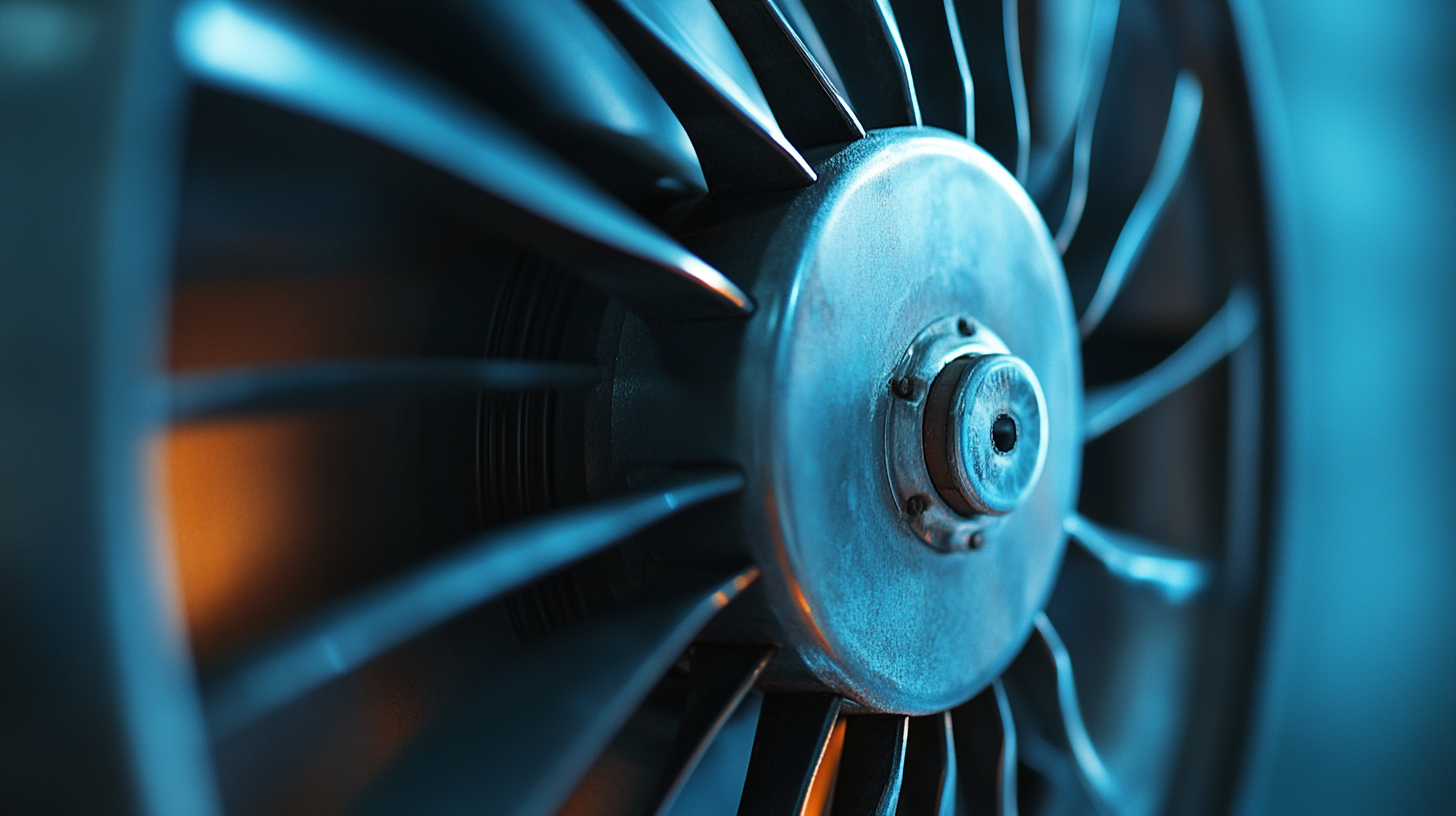
Understanding Electric Fan Motor Types: A Comprehensive Overview
When it comes to electric fans, understanding the various types of motor technologies can significantly impact energy efficiency and performance. In this comprehensive overview, we will explore the primary types of electric fan motors commonly found in households and commercial applications: shaded pole, universal, and brushless DC motors. Each motor type has distinct characteristics that influence its efficiency and effectiveness in cooling or ventilating spaces. Shaded pole motors are known for their simplicity and cost-effectiveness. These motors are typically found in low-power applications and are commonly used in smaller fans. While they are generally reliable, their energy efficiency is lower compared to other motor types. This can result in higher electricity bills over time, especially if the fan runs for extended periods. Users seeking economical solutions may appreciate the initial lower cost, but should consider the long-term implications of energy consumption. On the other hand, universal motors are favored for their powerful performance and versatility. They can run on either AC or DC power and are often employed in high-speed applications. However, they can be less energy-efficient due to their higher power draw, particularly in continuous operation scenarios. For consumers looking for a balance between power and efficiency, universal motors can be a suitable option, though they require careful consideration of usage patterns to minimize energy wastage. Finally, brushless DC motors have emerged as a highly efficient choice for modern fan designs. These motors provide several advantages, including quieter operation, greater energy efficiency, and longer lifespan due to the absence of brushes that wear out over time. Though initially more expensive, the long-term savings on energy costs make brushless DC motors an attractive option for environmentally-conscious consumers and those looking to reduce their power bills. As technology continues to evolve, understanding these motor types will help consumers make informed choices that align with their energy efficiency goals.
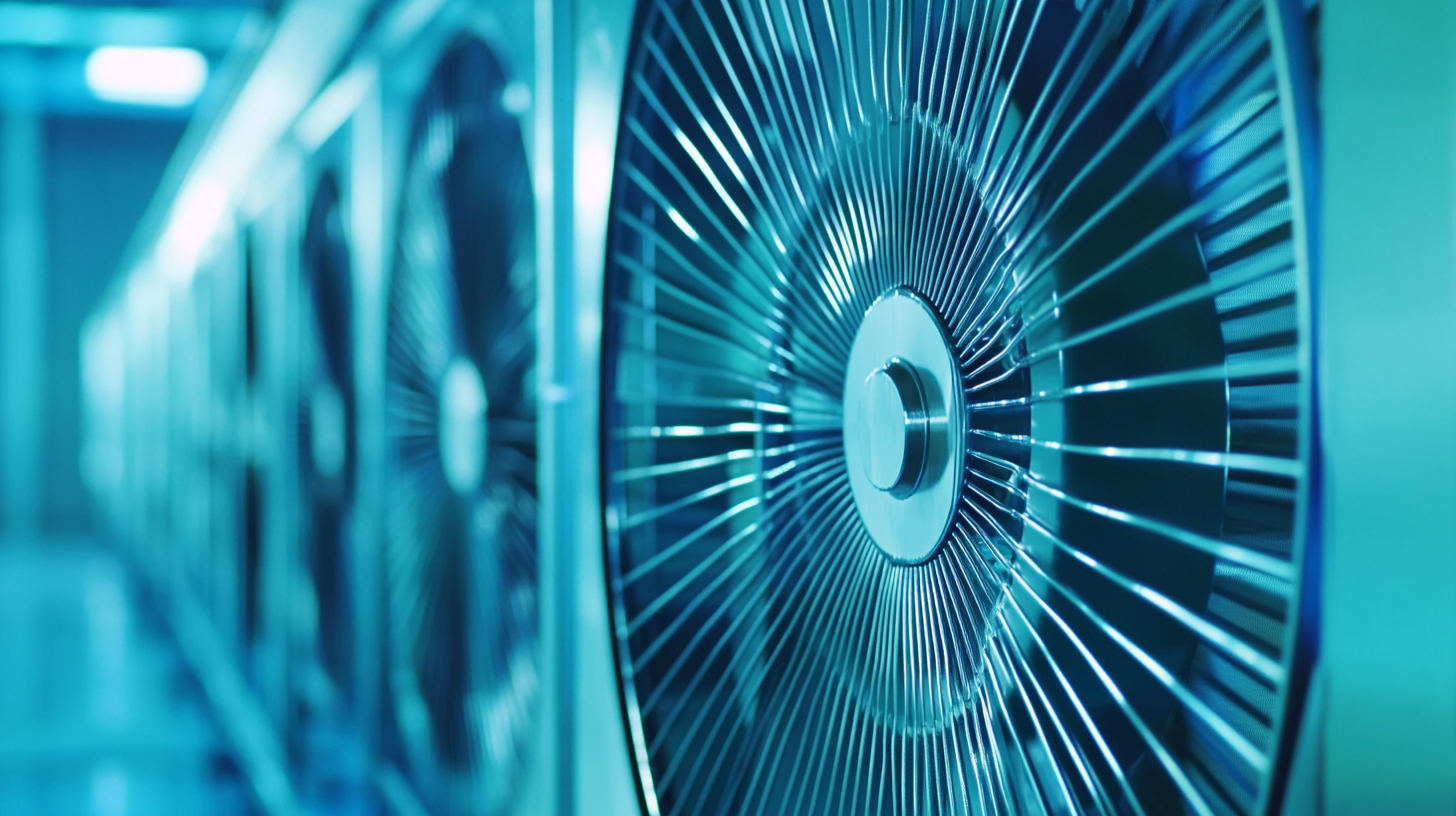
Key Factors Influencing Energy Consumption in Fan Motors
When assessing the energy consumption of electrical fan motors, several key factors come into play that can significantly influence their overall efficiency and performance. First and foremost, the design of the motor itself is crucial. Motors equipped with advanced technologies, such as brushless designs or high-efficiency induction motors, typically consume less electricity while offering superior airflow performance. The choice between direct current (DC) and alternating current (AC) motors is also vital, as DC motors tend to be more efficient and can achieve better speed control, resulting in lower energy usage.
Another important factor influencing energy consumption is the quality of the materials used in the motor's construction. High-grade materials not only enhance the motor's durability but also minimize energy loss through heat. For instance, using high-efficiency bearings and magnetic materials can reduce friction and improve the motor's performance, leading to significant energy savings over time. Additionally, the fan blade design plays a critical role. Optimally designed blades can maximize airflow and improve efficiency, allowing the motor to operate at a lower power level while still delivering the desired performance.
Lastly, the operational conditions, including installation environment and usage patterns, must be considered. Factors such as ambient temperature, humidity, and how frequently the fan is operated can all affect energy consumption. Fans that are properly maintained and used in suitable conditions will not only run more efficiently but also last longer, thereby reducing the overall energy costs associated with cooling or circulating air in a given space. Ultimately, understanding these key factors allows consumers and businesses to make informed decisions regarding their electrical fan motor purchases, promoting energy efficiency and sustainability.
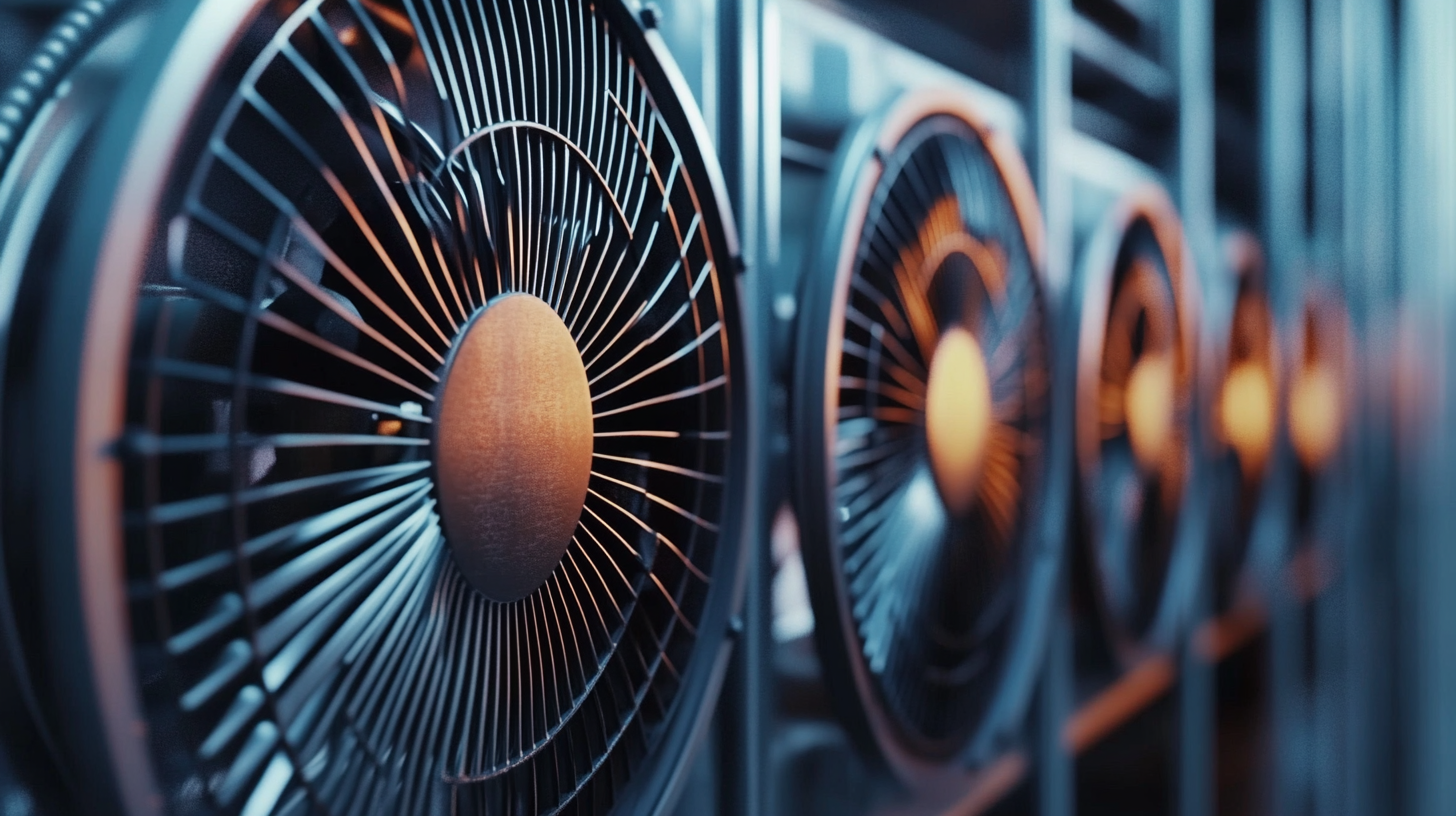
Measuring Performance: Efficiency Ratings and Testing Methods
When it comes to evaluating the performance of electrical fan motors, understanding efficiency ratings and testing methods is paramount. Efficiency ratings provide a quantitative measure of how effectively a motor converts electrical energy into mechanical power. These ratings often include metrics such as the Energy Efficiency Ratio (EER) or the Motor Efficiency percentage, which help consumers and manufacturers alike determine the sustainability and cost-effectiveness of the product. A higher efficiency rating typically indicates a motor that consumes less energy while delivering the same or improved performance, making it a crucial factor in energy-efficient designs.
The testing methods employed to assess these efficiency ratings are equally important. Standardized procedures, such as those outlined by the International Electrotechnical Commission (IEC), are commonly used to ensure consistency and reliability in measurements. These tests often involve evaluating the motor's performance under various loads and operating conditions, simulating real-world usage scenarios. Factors such as temperature rise, vibration, and noise levels are also monitored, as they contribute to the overall performance assessment. By employing rigorous testing methodologies, manufacturers can provide accurate efficiency ratings to consumers, fostering a more informed market.
In conclusion, the interplay between efficiency ratings and testing methods is essential for understanding the true performance of electrical fan motors. By critically analyzing these components, stakeholders can make better decisions that align with energy-saving goals and performance expectations.
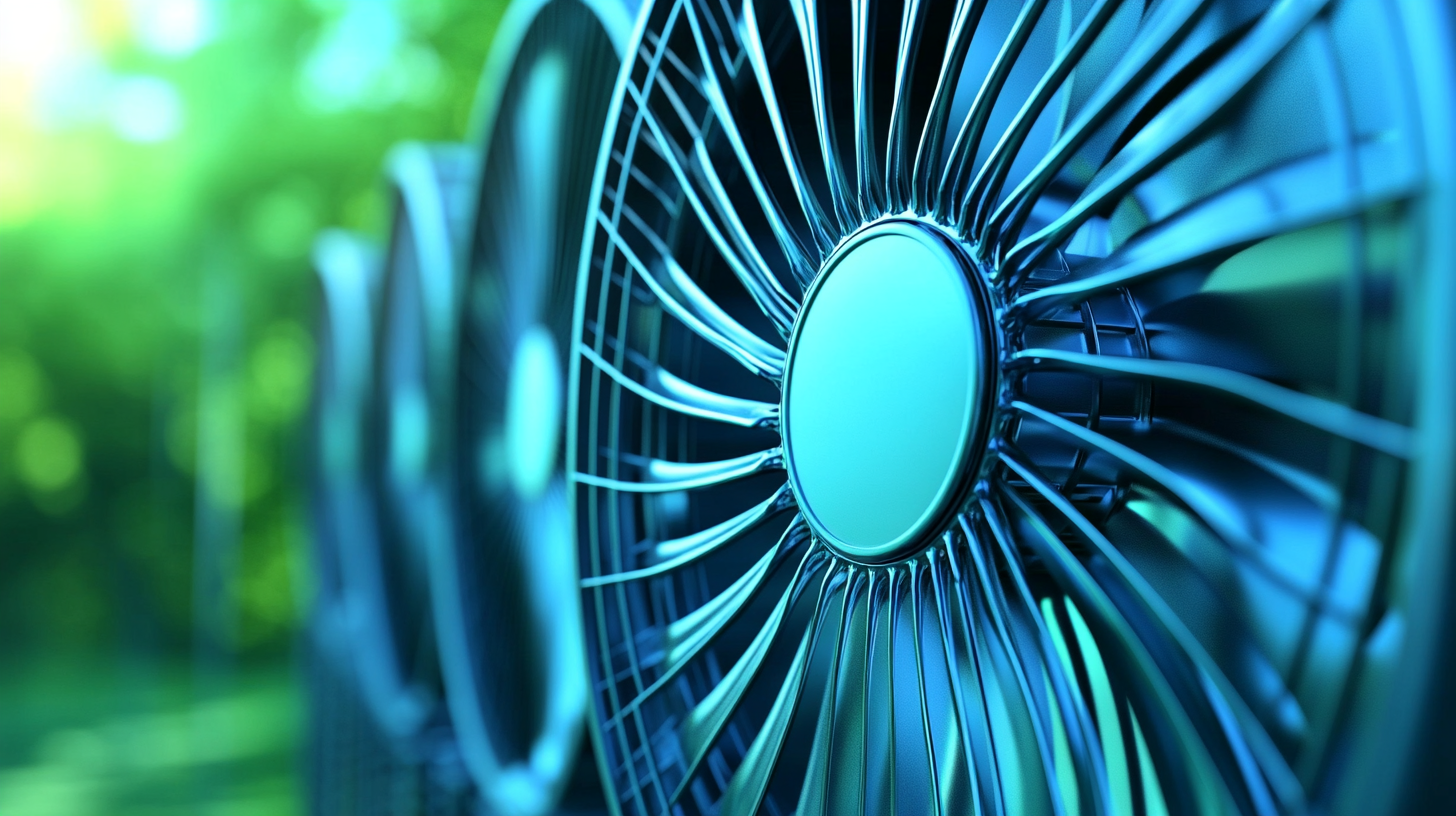
Comparative Study: Energy Use Across Different Fan Motor Brands
In the realm of commercial and industrial cooling solutions, HVLS (High-Volume, Low-Speed) ceiling fans have emerged as a preferred choice due to their energy efficiency and performance capabilities. As businesses seek ways to reduce operational costs, understanding energy consumption patterns across different fan motor brands becomes crucial. A recent comparative analysis has highlighted significant variations in energy usage and performance among various manufacturers.
According to a study conducted by the American Society of Heating, Refrigerating and Air-Conditioning Engineers (ASHRAE), the energy consumption of ceiling fans can differ markedly based on motor design and technology. For instance, established brands such as Big Ass Fans have been reported to offer motors that utilize advanced efficiency technologies, reducing energy usage by up to 30% compared to older models. This efficiency not only contributes to lower electricity bills but also supports sustainability initiatives—a selling point that has gained traction among eco-conscious businesses.
Moreover, the choice of fan motor can impact airflow distribution within spaces. Data from the Air Movement and Control Association (AMCA) indicates that fans with improved blade designs and motor specifications can enhance airflow by up to 50%, providing better comfort without a proportional increase in energy consumption. As a result, businesses should conduct a detailed analysis of brands before investing, weighing both performance metrics and energy efficiency to ensure they make informed decisions that benefit their bottom line and the environment.
Analyzing Long-term Cost Savings from Efficient Fan Motors
When considering the operational costs of electrical fan motors, efficiency plays a pivotal role in long-term savings. According to a report by the U.S. Department of Energy, energy-efficient motors can reduce energy consumption by 2-8%, leading to substantial savings over time. This is particularly critical as industrial sectors increasingly shift towards sustainable practices and seek ways to minimize their carbon footprints.
In a comparative analysis of traditional versus efficient fan motors, the differences in performance and energy use become evident. For instance, a standard fan motor operating at 1 horsepower can consume anywhere from 746 watts to over 1,200 watts, depending on its design and age. In contrast, a premium efficiency motor can achieve similar performance levels while using only 900 watts or less. Over the lifespan of the motor, this translates to savings of approximately $150 to $200 per year in electricity costs, based on average utility rates, which can further compound when factoring in maintenance and potential downtime.
Moreover, the payback period for investing in energy-efficient motors can be as short as three years, with many companies recouping their initial investment swiftly due to lower operating costs. The National Electrical Manufacturers Association (NEMA) indicates that the upfront cost of high-efficiency motors is around 10-20% higher, but the long-term operational benefits often overshadow this initial expense. In light of these industry insights, companies looking to optimize their energy consumption must consider the substantial long-term cost savings achievable through adopting efficient fan motor technologies.
-

Phone
Phone

0086-13586199782
-

E-mail
-

Whatsapp
-

Wechat
Wechat

-

Top
